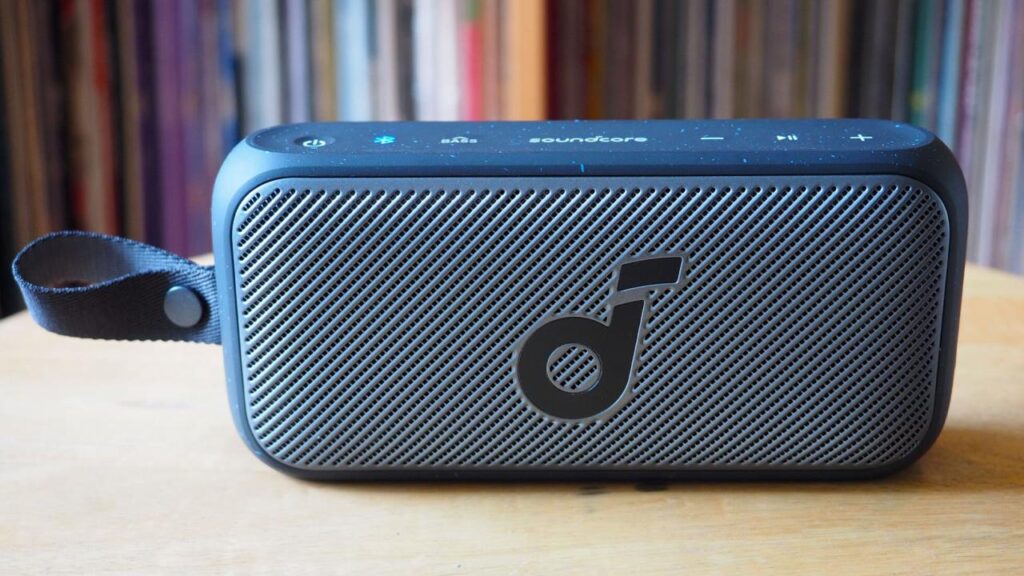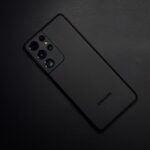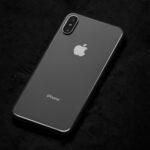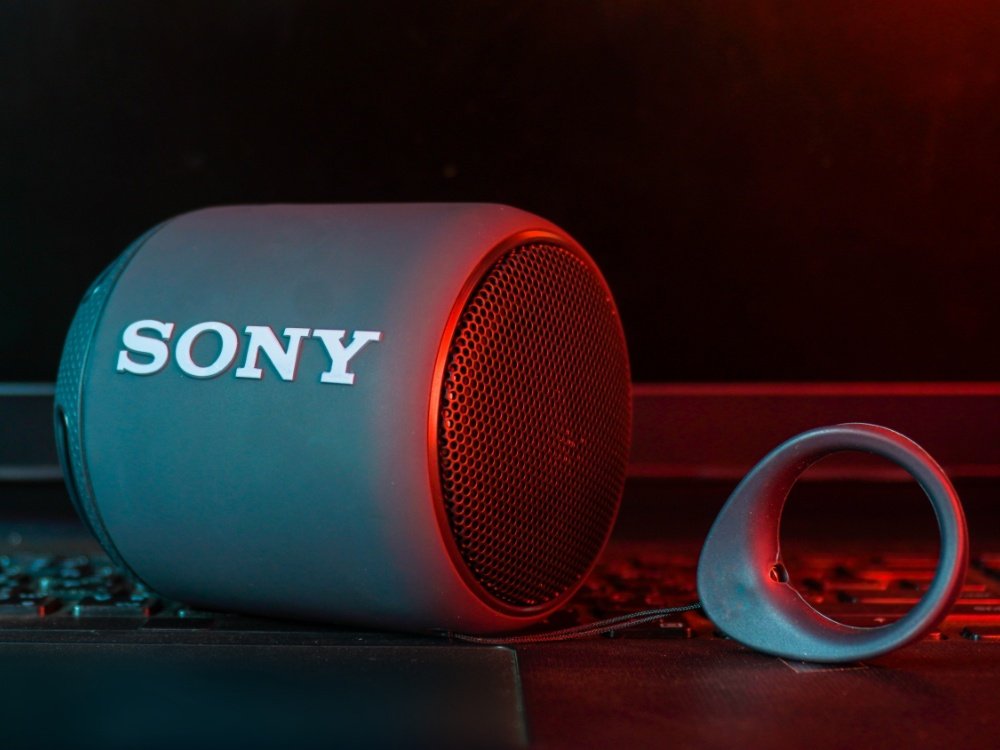In an overcrowded space, we narrowed down 17 of the best speakers for every price range.
Most of the speakers I tried sounded good on first listen; it was only through side-by-side comparisons that I began to suss out the nuances among the best-sounding ones. Just reading the spec sheets only goes so far. As such, we’re focusing a bit more on audio quality and dynamic range, while also taking into consideration other factors like utility and price. Ultimately, there isn’t one best portable Bluetooth speaker out there, but we’ve found plenty of good options that will fit a range of use cases and price points.
Factors to consider before purchasing a portable Bluetooth speaker
Weather-proofing
IP ratings (Ingress Protection) are the alphanumeric indicators you often see in a product’s spec sheet that define the tested resistance of a product to both solid objects (dirt, dust, fingers?) and water. It’s usually a combo of two numbers with the first indicating solid object ingress and the second being water. The former goes from 0 (no protection) to 6 (dustproof). The water-resistance rating goes from 0 (no protection) to 9 (protected against immersion and high pressure jets). When an X is used instead of a number, that means the product wasn’t tested for resistance. If it’s waterproof, it may have some innate resistance to solids, but there’s no guarantee.
IP67 is a common rating these days indicating highly resistant and potentially rugged speakers suitable for outdoor adventures. These are safe for quick dunks in the pool or tub and should be more than OK in the rain or in the shower. They’re also good options for the beach, playground and other rough environs.
Additionally, speakers with ports and a high rating will often include a tight-fitting cover over the charging or auxiliary ports. If you plan on using the ports, that may limit the product’s rated ability to fend off the elements.
Consider the IP rating and also how you plan to use your Bluetooth speaker when making your decision. It may be worth splurging on a better sounding model with a lower IP rating if you’ll mostly be using it indoors, for instance.
Battery life
The focus of this guide is on portable Bluetooth speakers, and while “portable” can be a relative term, these devices are generally for people who are likely to find themselves far from a power outlet. These days, around 12 hours of runtime seems to be the baseline but obviously, the more battery life you can get out of a speaker, the better.
That said, be careful when looking at battery specs, as they frequently list a maximum runtime (“up to” x amount of hours). This usually means they tested at a low to mid volume. If you like your tunes loud, it can often end up cutting the expected usage time in half or more. Luckily, some manufacturers also list the expected hours of battery life when used at full volume and that transparency is appreciated.
Additionally, if your Bluetooth speaker also happens to have WiFi connectivity, they’re usually designed for always-on functionality. Unlike normal Bluetooth speakers that go to sleep after a short period without use, these will usually stay awake (to listen for your commands) and slowly run down the battery. If you’re out and about, you’ll want to remember to turn these speakers off manually when not in use to maximize battery life.
Range
Bluetooth range is tricky business. Some companies list their product’s longest possible range, usually outdoors and in an unobstructed line-of-sight test environment. Other companies stick with a 30-foot range on the spec sheet and leave it at that, even though they may be running Bluetooth 4.x or 5.x. That’s likely underselling the speaker’s potential, but unpredictable environments can affect range and there’s little point in promising the moon only to get complaints.
I’ve seen signal drop issues when crouching down, with my phone in the front pocket of my jeans, and barely 30 feet away from a speaker inside my apartment. I ran into this issue across several devices regardless of their listed Bluetooth connectivity range.
If you’re hosting a patio party and duck inside, it’s wise to have the source device remain close by just in case. It’s hard to gauge what aspects of any environment may interfere with a Bluetooth signal. In general, take range specs around 100 feet or more as a perfect-world scenario.
Latency
This is a minor mention for those out there who use a speaker for their computer output, or as a mini soundbar solution for setups like a monitor and streaming box. It’s annoying to find that your speaker’s latency isn’t low enough to avoid lip sync issues. Luckily, it seems that most speakers these days don’t often have these problems. Only a handful of the few dozen speakers I tried had persistent, noticeable lip-sync issues. Aside from occasional blips, all of our picks worked well in this regard.
If you plan to frequently use a speaker for video playback, look for devices with the most recent Bluetooth versions (4.x or 5.x) and lower latency codecs like aptX. Also make sure the speaker is close to the source device as distance can be a factor. To avoid the issue altogether, though, consider getting one with a wired auxiliary input.
If you’re just looking for a small speaker that can kick out some decent volume, the Tribit StormBox Micro 2 fits the bill. The audio quality here is fine; it doesn’t stand out in terms of fidelity, but the volume you get from this affordable little speaker is what makes it a good choice. If you’re bopping about outdoors on your bike or chilling in the park, it’s usually more about portability and volume anyway. The rubbery rear strap works well on relatively thin things like belts, backpacks and bike handlebars.
While it’s small and affordable, the speaker supports USB-C charging for your devices in a pinch and you can wirelessly connect two of them for party mode or stereo sound. It also supports voice assistants for both iOS and Android users.
Soundcore Motion 300 ($80)

The affordable Motion 300 offers 30-watts of punchy and bright output, is IPX7 rated and works with Anker’s companion app.
Soundcore has been releasing some very able speakers lately and one of its newest is a quality personal portable. The Motion 300 is of the pint-sized variety, but offers 30-watts of punchy and bright output. It’s IPX7 rated so it can handle a bit of water, and it works with the Anker Soundcore app that allows a fair amount of customization from EQ settings to button brightness. It also supports hi-res audio using the LDAC codec for Android users with a compatible device.
The Motion 300’s size and frequency range don’t quite allow for a ton of bass, but it’s relatively loud and thumpy, especially when it has surfaces to reflect off of. Soundcore has even extended its high-frequency range to 40kHz, and while its utility is debatable, the Motion 300 does sound crisp in the high-end spectrum. You can also enable adaptive audio, which helps optimize its sound delivery depending on the speaker orientation (on its back, standing up or hanging from its removable button-fastened strap).
The speaker’s design merges a funky style with office-machine chic, from the playfully speckled soft touch exterior to the metallic, logo-emblazoned grille. Its 1.7-pound weight and clutch-purse size makes it better as a handheld or stowed in your bag rather than hanging from a backpack or bike handlebars. Ultimately, you get great sound in a small package with features you can tweak to your liking, all at an approachable $80 price tag.
UE Wonderboom 3 ($100)

The UE Wonderboom 3 is a tiny yet powerful portable, delivering the biggest sound in its size range that we tested.
The Ultimate Ears Wonderboom 3 is a tiny yet powerful portable, delivering the biggest sound in its size range that we tested. It’s still a cute, barrel-shaped small speaker with a nubby little strap that probably needs a carabiner to help attach it to most things. But this refreshed model includes a couple of bright new colors, an extra hour of battery life and improved wireless range. With an IP67 rating on top of the company’s five-foot drop test durability, it can go with you almost anywhere and survive to tell the tale.
The audio quality is punchy and bright enough for what you’d expect at this scale and price range. Although there’s no app support or connectivity with the rest of the Ultimate Ears speaker lineup, you can easily pair it with speakers like the Wonderboom 2 or Megaboom 3 for stereo sound. There’s also an outdoor mode button on the bottom that boosts the mid and high range to help the audio carry over a greater distance.
Anker Soundcore Motion+
This nondescript wedge of a wireless speaker could easily slip under your radar, but it’s worth a listen. It has a bright and bassy output, which is helped along by Qualcomm aptX support for hi-res audio.
This nondescript wedge of a wireless speaker could easily slip under your radar, but it’s worth a listen. It has a bright and bassy output, which is helped along by Qualcomm aptX support for hi-res audio. This Anker Soundcore device has a solid, slightly heavy build with a metal front speaker grille, a soft-touch rubberized exterior (that loves your greasy fingerprints) and IPX7 water resistance. While it’s not the lightest or most portable, it has good sound, especially for the price. Plus the app offers EQ customization, so you can fine tune to your liking.
There’s also a 3.5mm aux input for wired connections. That’s fortuitous, as we found that this small speaker works well as a mini soundbar alternative and the wired input offers a foolproof connection.








